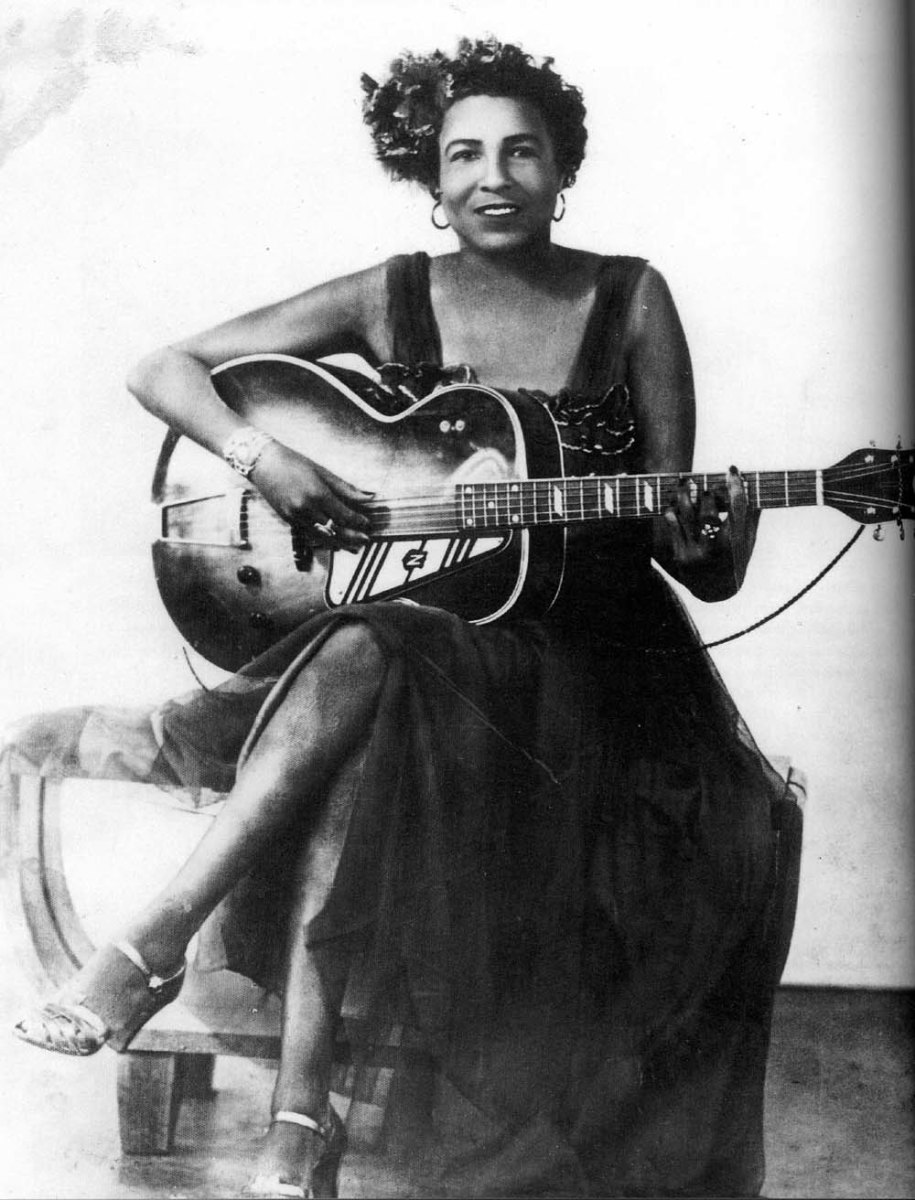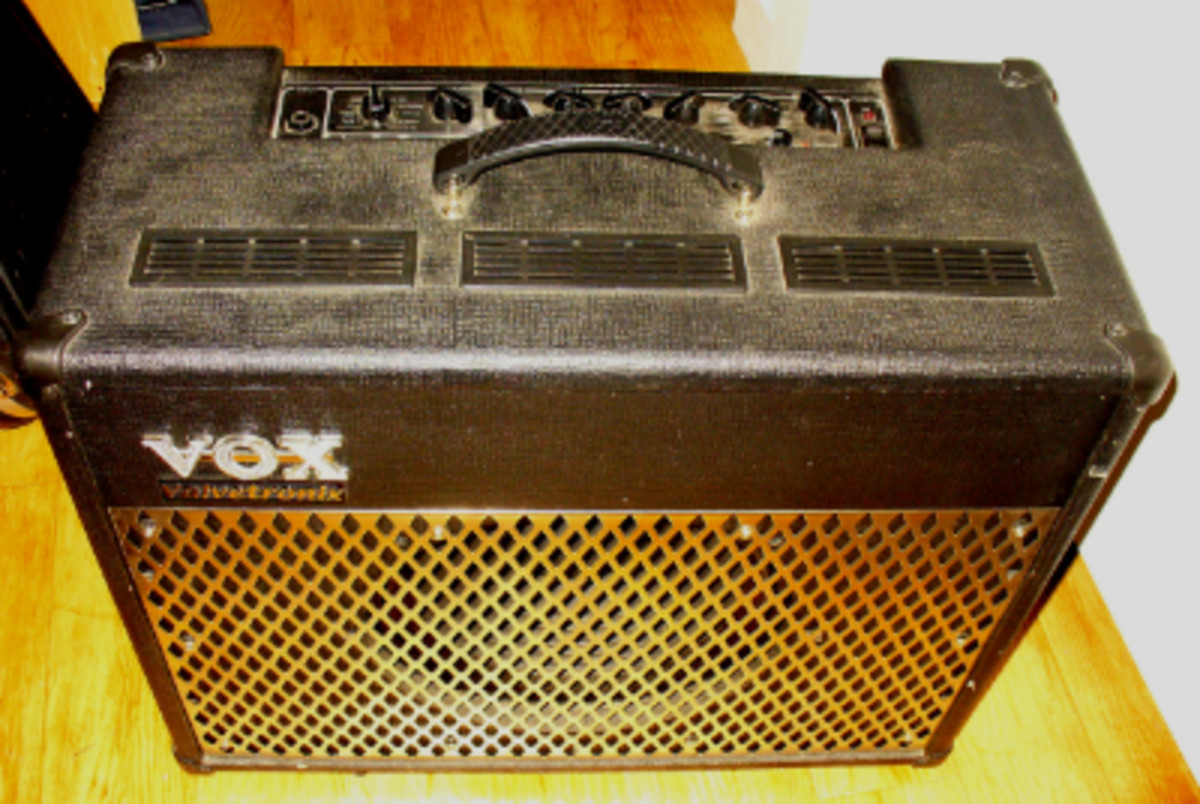Tips for Learning Guitar
Tips for Learning Guitar
Do you want to learn to play the guitar? Well if you are here are some essential tips you must know before you can begin.
Choosing the Right Guitar:
There is a technique in learning a guitar correctly and easily. It involves choosing the correct type of guitar for the job and that’s why I recommend an acoustic guitar first rather than an electric guitar.
Why?
Well firstly the sound of a badly played electric guitar sounds allot worse than the sound of a badly played acoustic guitar, which will sound more natural.
Secondly the neck for your fretting hand is very narrow on the electric guitar and easy to mush up chords, whereas on the acoustic guitar the neck is wider and easier to fret cleanly.
Thirdly the acoustic is a more portable instrument for bringing to lessons or just to bring to a friend's house to mess about on. It doesn’t have cumbersome leads and amplifiers like the electric guitar, plus the electric guitar will need an electrical socket nearby also.
Wire leads for the electric guitar will also at some stage falter and leave you without any sound and this isn’t good news for beginners who need to be practicing everyday possible.
So if you have decided to make life easier by deciding to buy an acoustic lets think about which type of acoustic guitar.
Again there are three distinct types of acoustic guitar.
No 1: The standard acoustic guitar which has steel strings and a large body (the body of the guitar forms a hollow soundbox that amplifies the vibrations of the strings)
No2: The nylon stringed acoustic, sometimes called the Spanish guitar (recommended)
No3: The semi acoustic guitar which is an half electric, half acoustic guitar and can be played with or without an amplifier, its body is smaller and neck longer and thinner.
I personally would recommend the nylon stringed guitar for these reasons.
1: the neck is very wide and comfortable to fret chords upon.
2: the strings are made of nylon which are much softer on your fingers and help develop the calluses you need for fretting.
3: it usually is the best type of guitar if on a low budget or if you just don’t want to splash out too much money on a guitar in case it isn’t the instrument for you.
Practicing:
Practicing is of the upmost importance when it comes to learning a guitar. A person should practice for a minimum of 30 minutes a day. Having a learner’s book to revise wherever you are and it may be is also very convenient.
I also recommend getting guitar lessons (optional, but very rewarding).
Practice rhythms and use a metronome every now and again for essential time keeping.
The basic 4/4 strumming technique is one of the first guitar playing techniques that a person must be able to master. This is the preferred method used by teachers to teach beginners to allow them to get the feel for the instrument.
In learning the basic 4/4 guitar strumming, a person must know the different basic requirements for guitar playing:
Strokes and techniques:
Guitar strumming is basically composed of two different strokes: the downward stroke and the upward stroke.
The downward stroke is done by drawing the picking hand (more commonly the right hand) from the top to the bottom of the strings and the upward stroke is the exact opposite of the downward stroke.
Using a correct type of pick or also known as plectrum is essential (unless one is learning classical guitar which involves finger picking), I would advise on a flexible plectrum that smoothly glides over the strings.
Tuning the Guitar:
Probably the MOST important factor of the guitar is the tuning of your guitar.
If a guitar is out of tune it will sound dreadfully wrong and it will hinder your developing ear for recognising each note.
To tune a guitar buy a guitar tuner, that way you will be tuned in to the correct notes that every instrument is tuned to.
If you don’t have a tuner or some instrument that holds true notes at least you can tune the guitar to itself by using the 5 5 5 4 5 method, which basically means the fifth fret of the thickest string sounds exactly like the open string below it except for the G string or third string from bottom, which needs to be fretted at the 4th fret for the open B string or the second from bottom to sound exactly alike.
Learning to tune without the aid of a tuner is a difficult feat, but essential. It is a handy way of developing your understanding and recognition of the notes and their different pitches. When you here two strings clang in unison and in the correct pitch the sound is unmistakable, just as it is when they clang out of tune.
A tip is as soon as you pick up the guitar, make sure that it’s in tune and don’t just assume it is. It’s also a great way to be professional.
The first string is the thinnest and is the bottom string of the guitar, it is known as HIGH E. The second string from bottom is the B string, the third from bottom is the G string, the fourth from bottom is the D string, the fifth from bottom is the A string, the thickest string and sixth from bottom is the LOW E string.
A handy way to remember the progression of strings is to make up a catchy phrase starting with the thickest string down. Here’s one I use,
Ed 6th
Ate 5th
Dried 4th
Grass 3rd
Before 2nd
Evening 1st
Change your guitars strings once a month if it is played regularly, always have a second set ready in case of snapping, also it is recommended that you change all strings at once, even if only one snapped. Its best to have them wear evenly and sound as fresh as each of their neighbours.
An Overview:
Choosing the right guitar is essential and remember make it easy on yourself, don’t be too hasty to learn difficult songs.
Learn to tune and the concept of tuning.
Have a selection of different grade of picks or plectrums.
Have a book of chords and lessons to learn.
Learn rhythms and different techniques as you progress.
Tune the guitar constantly and always make sure the guitar is in tune with its self.
Change the strings for better sound quality.
Practice, practice and practice some more, for at least a half an hour a day when possible. Be patient, don’t give up.
With practice and dedication comes all the knowledge a person needs to know about guitar and soon you will be playing just like the people who inspired you.



